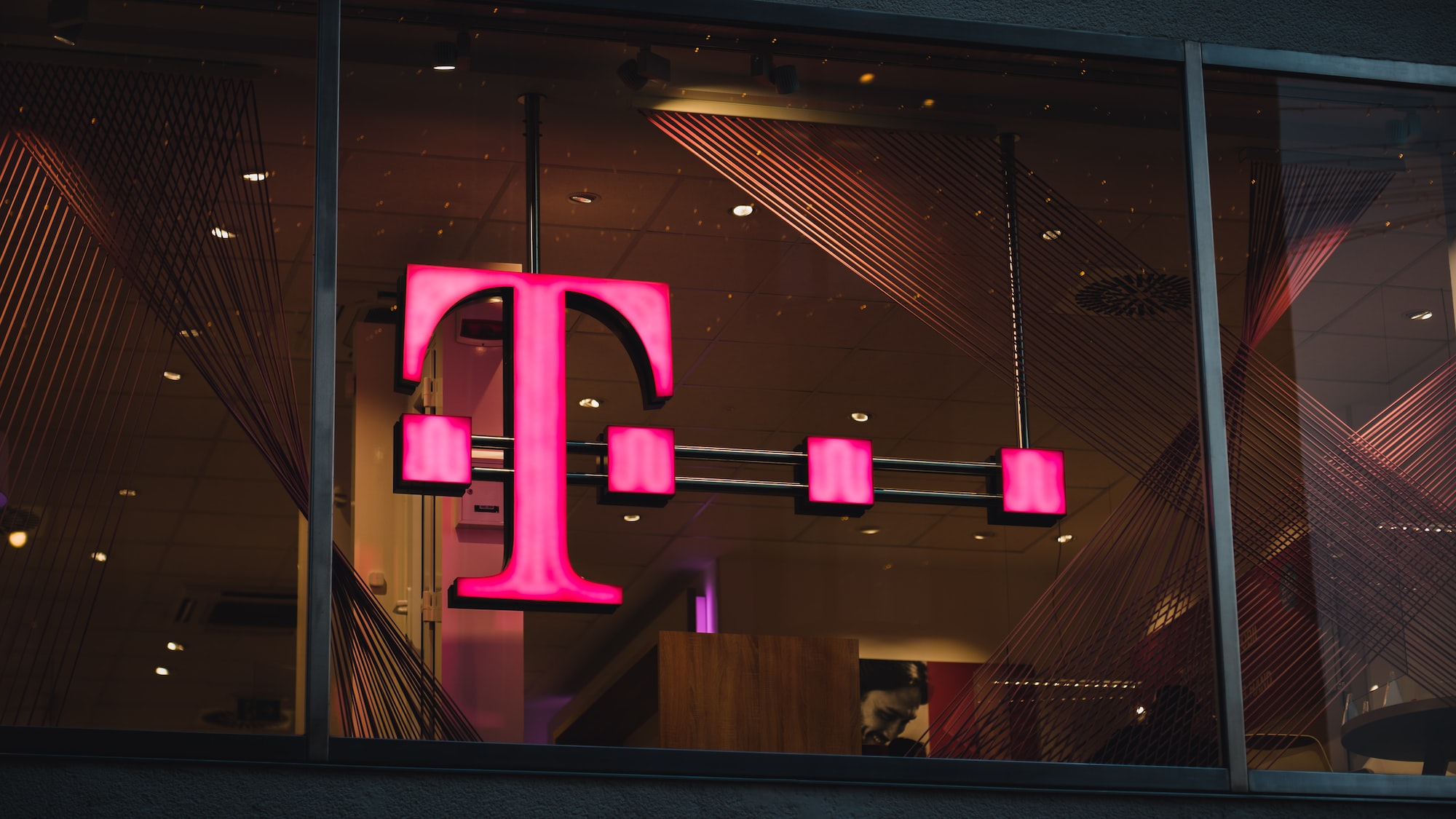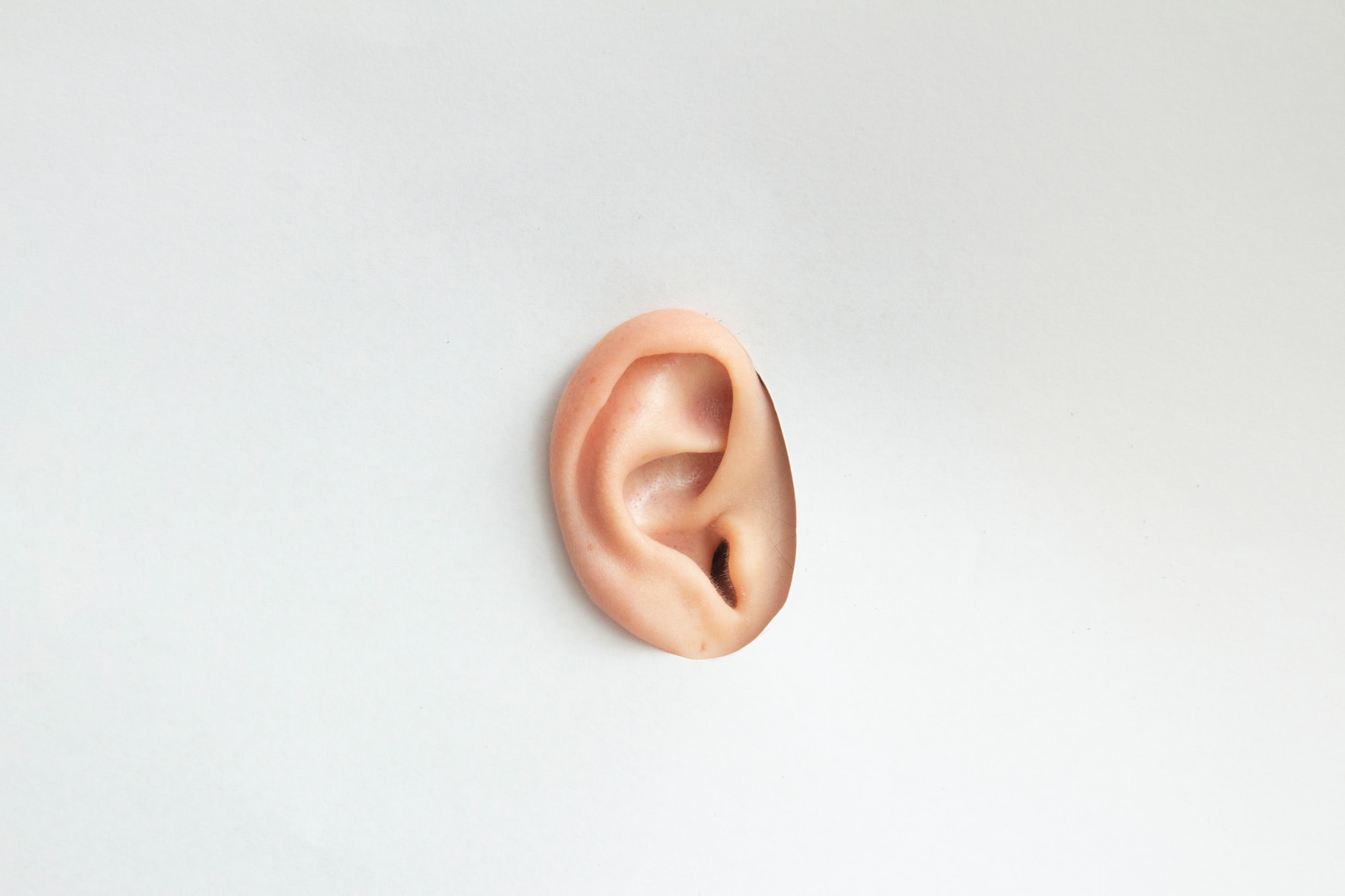Sonic Branding: Creating Memorable Connections with Consumers
Today, brands continuously seek innovative ways to stand out and make lasting impressions on consumers. One powerful approach to achieve this is sonic branding, using sound and music to create emotional connections and reinforce brand identity. Let's explore the concept of sonic branding, its benefits, examples of successful sonic branding in action, and tips for creating an effective sonic brand.
What is Sonic Branding?
Sonic branding, also known as audio branding or sound branding, refers to the consistent use of unique sounds, jingles, or music to evoke specific emotions, enhance brand recognition, and create memorable experiences for consumers. It can be as simple as a distinctive notification sound on a mobile app or as elaborate as a custom-made soundtrack for a global advertising campaign. Sonic branding encompasses various elements, including brand themes, sound logos, brand voice, and even in-store background music.

The Benefits of Sonic Branding
Emotional Impact
Sound has the power to trigger emotions and memories more effectively than visuals alone. By using carefully crafted sonic elements, brands can tap into consumers' emotions and create memorable experiences that resonate on a deeper level.
Brand Recognition
A unique and consistent sonic identity helps consumers instantly recognize a brand, even without visual cues. This auditory connection can significantly enhance brand recall and recognition, making it a valuable marketing tool.
Universal Appeal
Sound transcends language barriers and cultural differences, allowing brands to create a consistent and unified experience for diverse audiences worldwide.
Multi-sensory Engagement
Combining visual and auditory elements creates a multi-sensory experience for consumers, increasing engagement and enhancing overall brand perception.
Stand Out from the Competition
A well-crafted sonic brand helps differentiate your company from competitors, setting you apart in a crowded marketplace.
Enhance User Experience
Sonic branding can improve the user experience across various touchpoints, such as websites, apps, or products, by providing auditory cues and feedback.

Examples of Successful Sonic Branding
Intel
The iconic Intel Bong is a prime example of sonic branding's power. This simple, yet instantly recognizable jingle has become synonymous with Intel, reinforcing its identity as a leading technology company.
McDonald's
The McDonald's "I'm Lovin' It" jingle is a memorable, catchy tune that instantly evokes feelings of happiness and satisfaction, aligning perfectly with the brand's image.
Netflix
The Netflix "ta-dum" sound has become synonymous with entertainment and binge-watching. This distinctive sound plays before every show or movie on the platform, creating a strong association with the brand.
Nokia
The classic Nokia tune is one of the most recognizable ringtones in the world, effectively connecting the sound to the brand and its mobile phones.
Mastercard
In 2019, Mastercard introduced its sonic brand identity, a unique melody that plays during transactions and in marketing materials, helping to create a cohesive and memorable brand experience.

Tips for Effective Sonic Branding
Reflect Your Brand's Personality
Your sonic branding should accurately represent your brand's identity, values, and personality. Ensure that the sounds, music, or jingles you choose align with your brand's overall image and messaging.
Be Consistent
Consistency is key in establishing a strong sonic identity. Use your chosen sounds and music across all touchpoints, including advertising, social media, events, and in-store experiences.
Keep It Simple
Successful sonic branding is often simple, memorable, and easily recognizable. Avoid overly complex or generic sounds that may be difficult for consumers to remember or associate with your brand.
Collaborate with Experts
Working with experienced sound designers, composers, or audio branding agencies can help you craft the perfect sonic identity that resonates with your target audience.
Test and Refine
Continuously test your sonic branding with your target audience to ensure it effectively conveys your desired message and emotions. Be open to refining your sound based on feedback to optimize its impact.
Adapt to Different Platforms
Ensure your sonic branding is adaptable to various platforms and contexts while maintaining its core identity. For example, a short sound logo for social media videos and a full-length brand theme for commercials or events.
Protect Your Sonic Identity
Like your visual branding, your sonic identity should be legally protected to prevent unauthorized use or imitation by competitors.

Final Thoughts
Sonic branding is a powerful and often underutilized tool for creating memorable and emotional connections with consumers. By developing a unique and consistent sonic identity, brands can enhance recognition, appeal to diverse audiences, and create multi-sensory experiences that leave lasting impressions.
As technology continues to evolve and consumers are increasingly exposed to new forms of media, the importance of sonic branding is only expected to grow. By investing in sonic branding, companies can amplify their marketing efforts and create a distinctive brand identity that stands out in an increasingly competitive landscape. With careful planning, collaboration, and execution, sonic branding can become an integral component of a brand's overall marketing strategy, helping to create emotional connections and memorable experiences that resonate with consumers.
